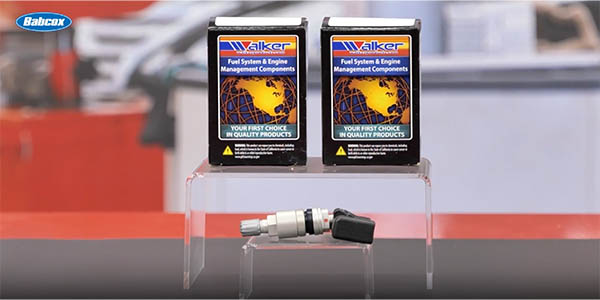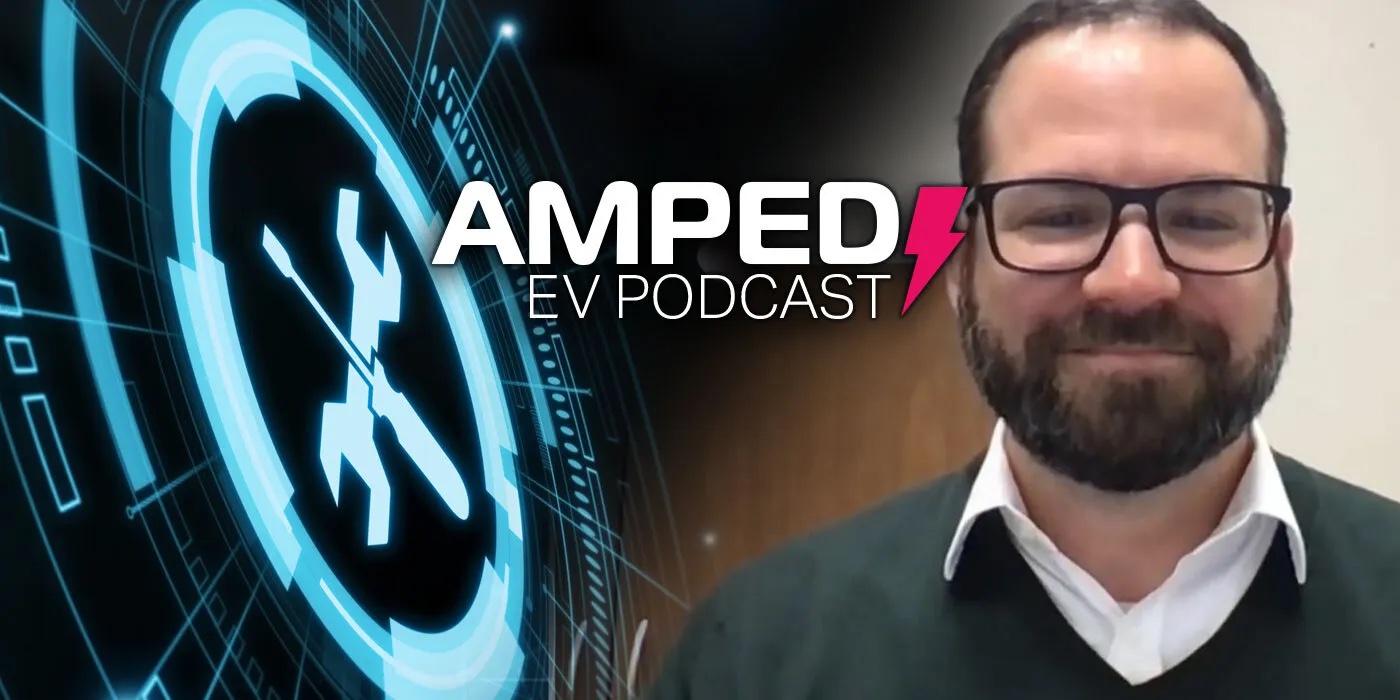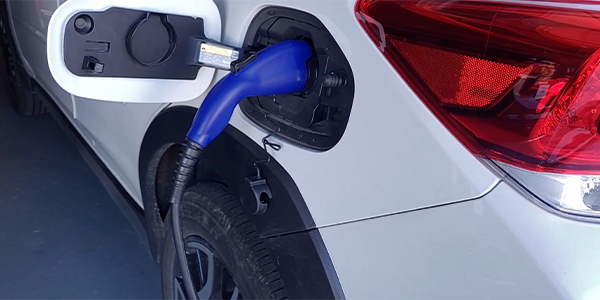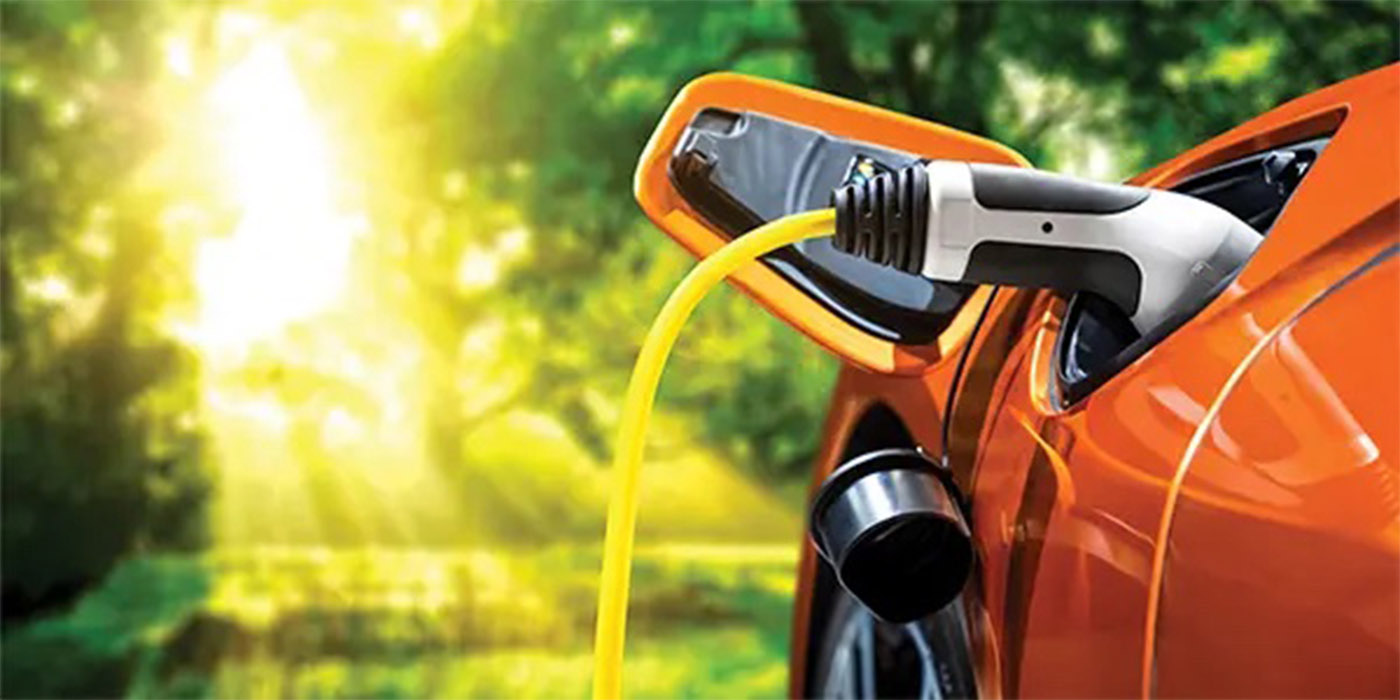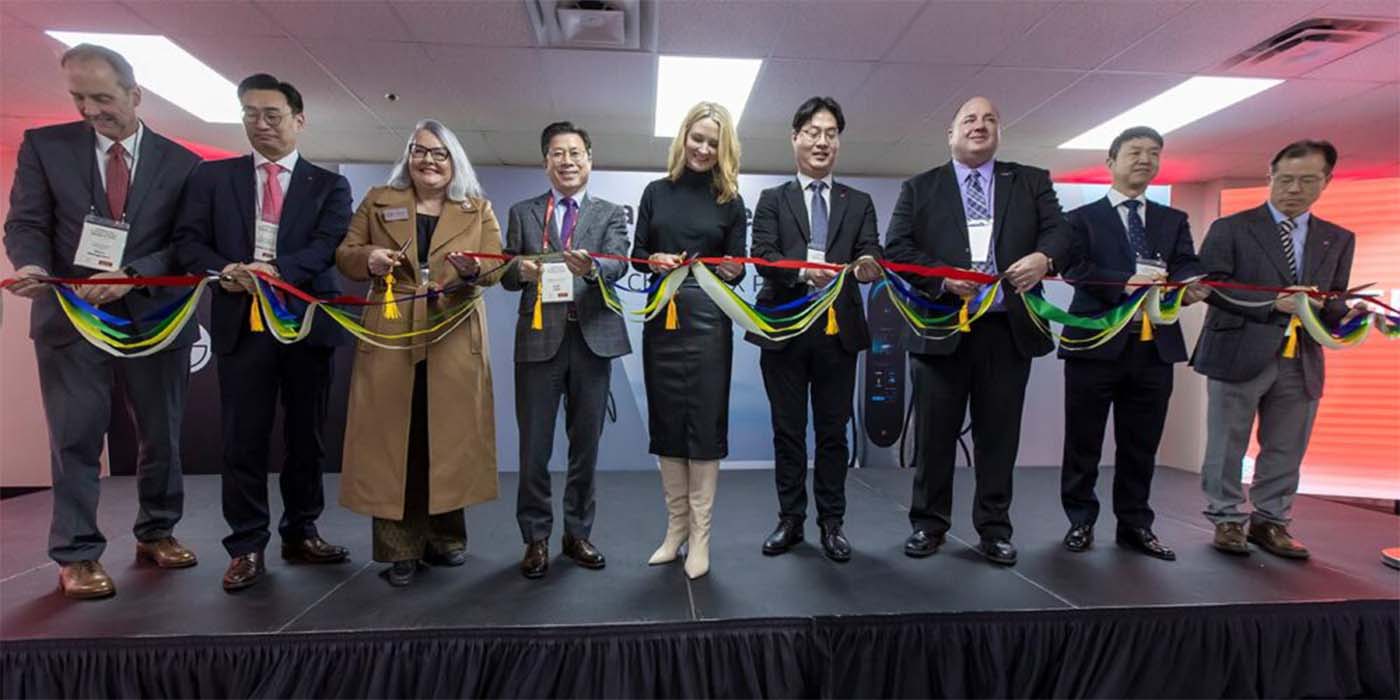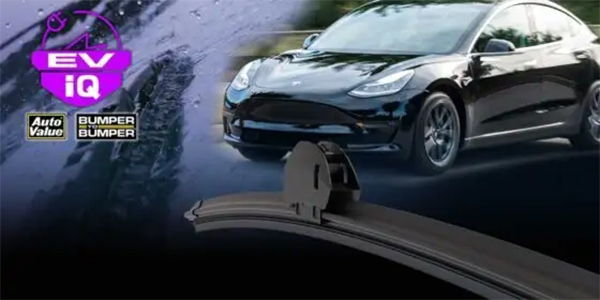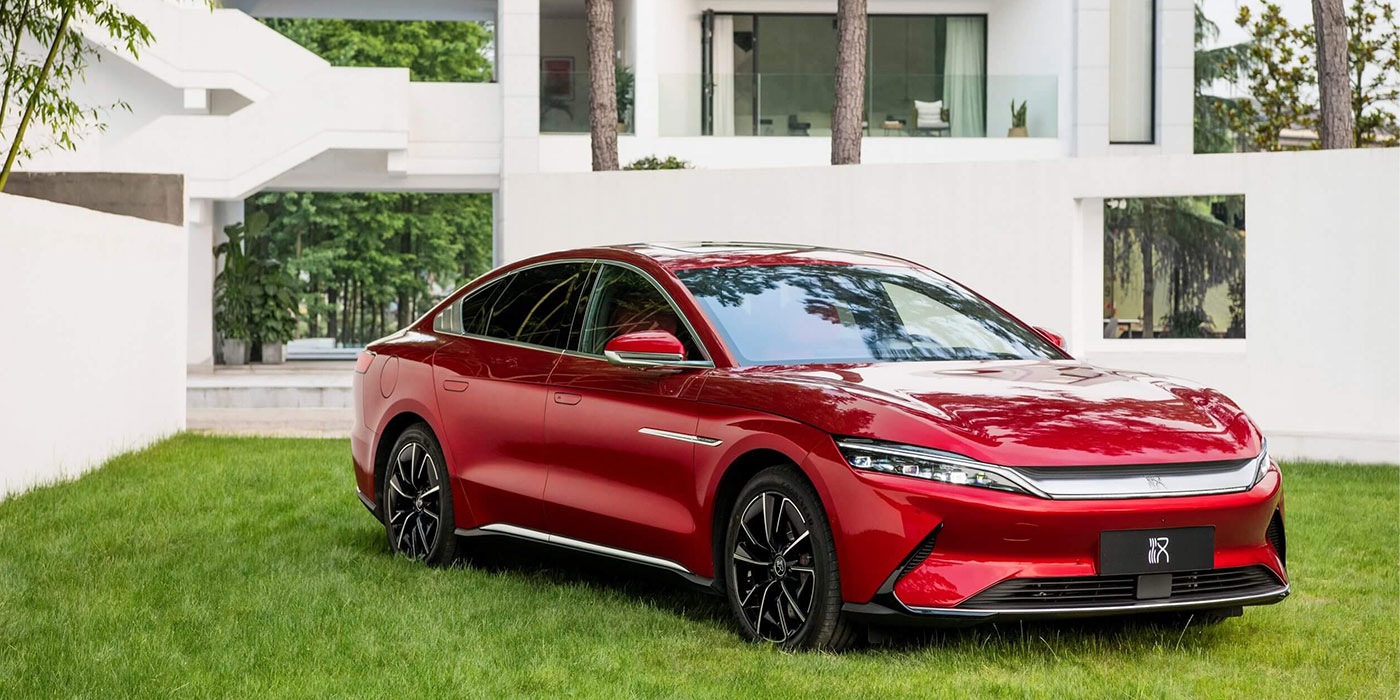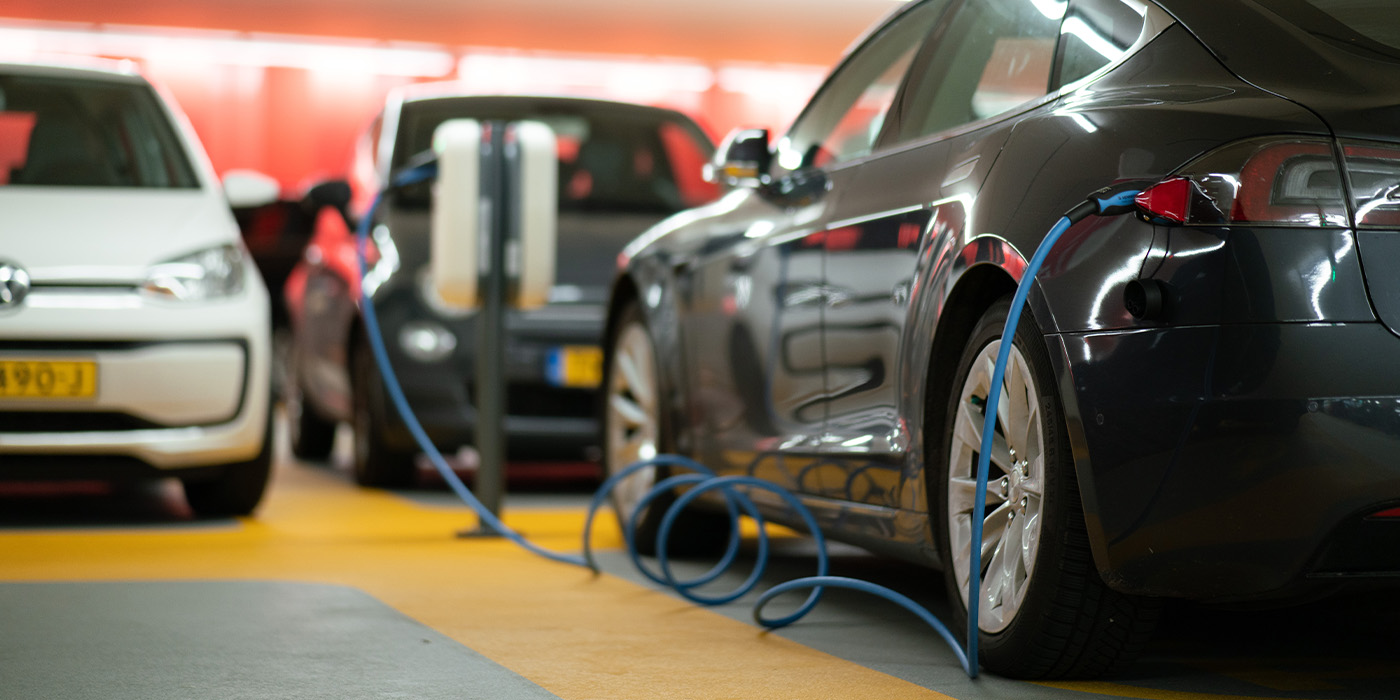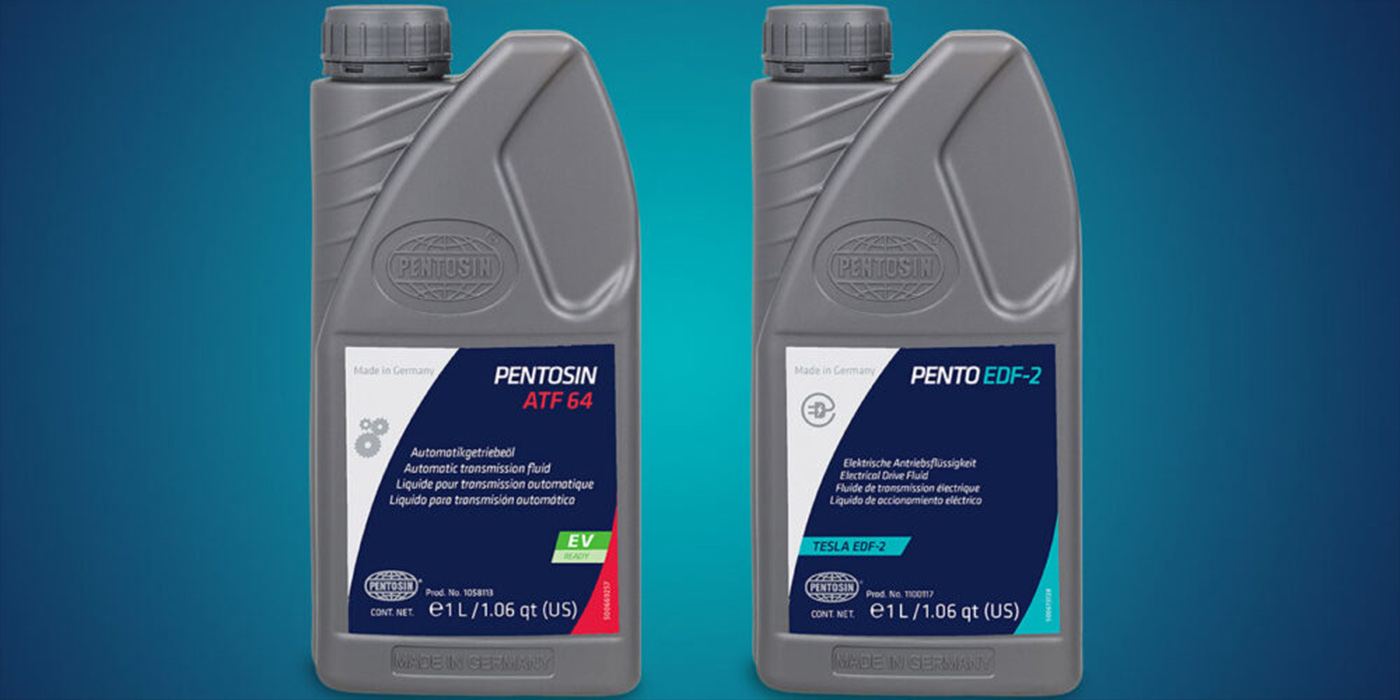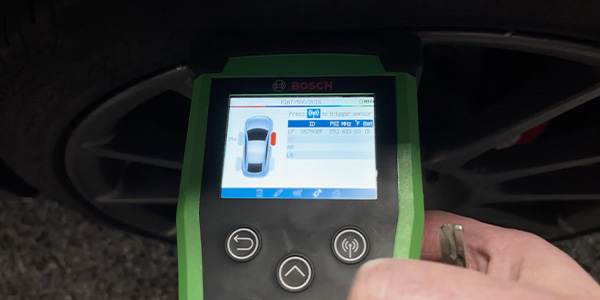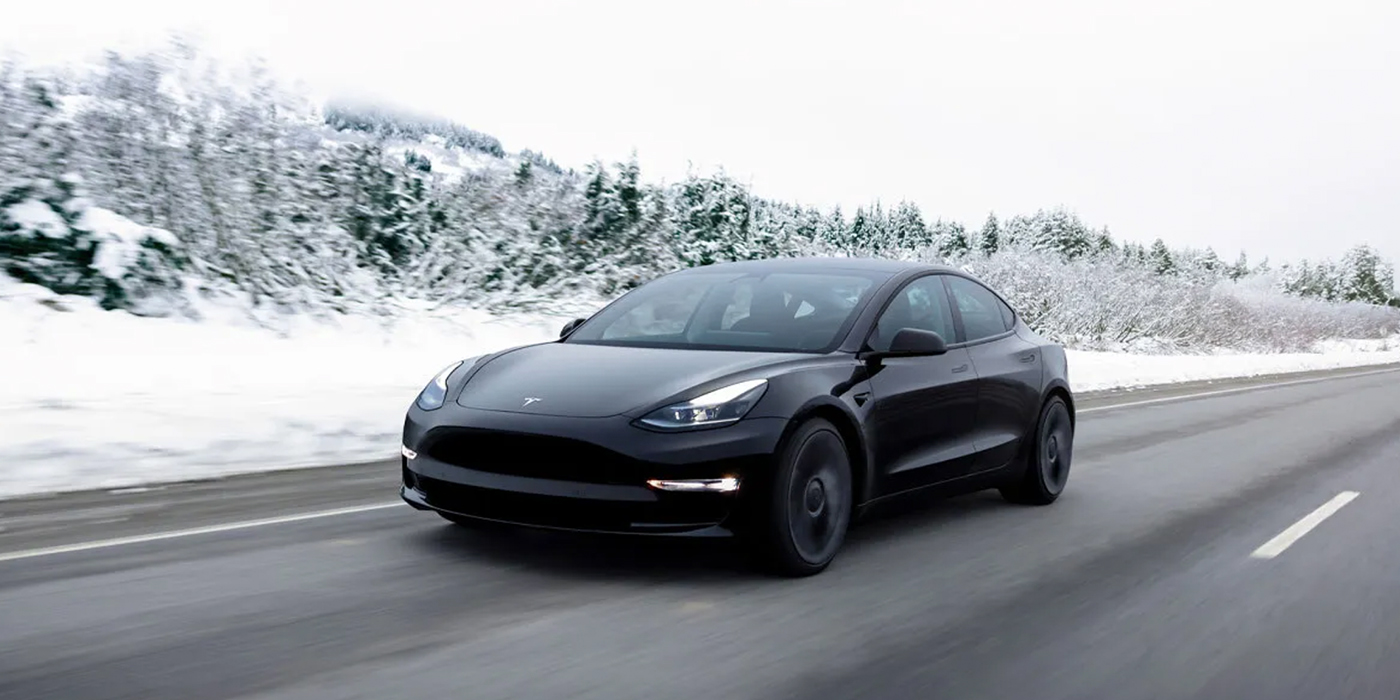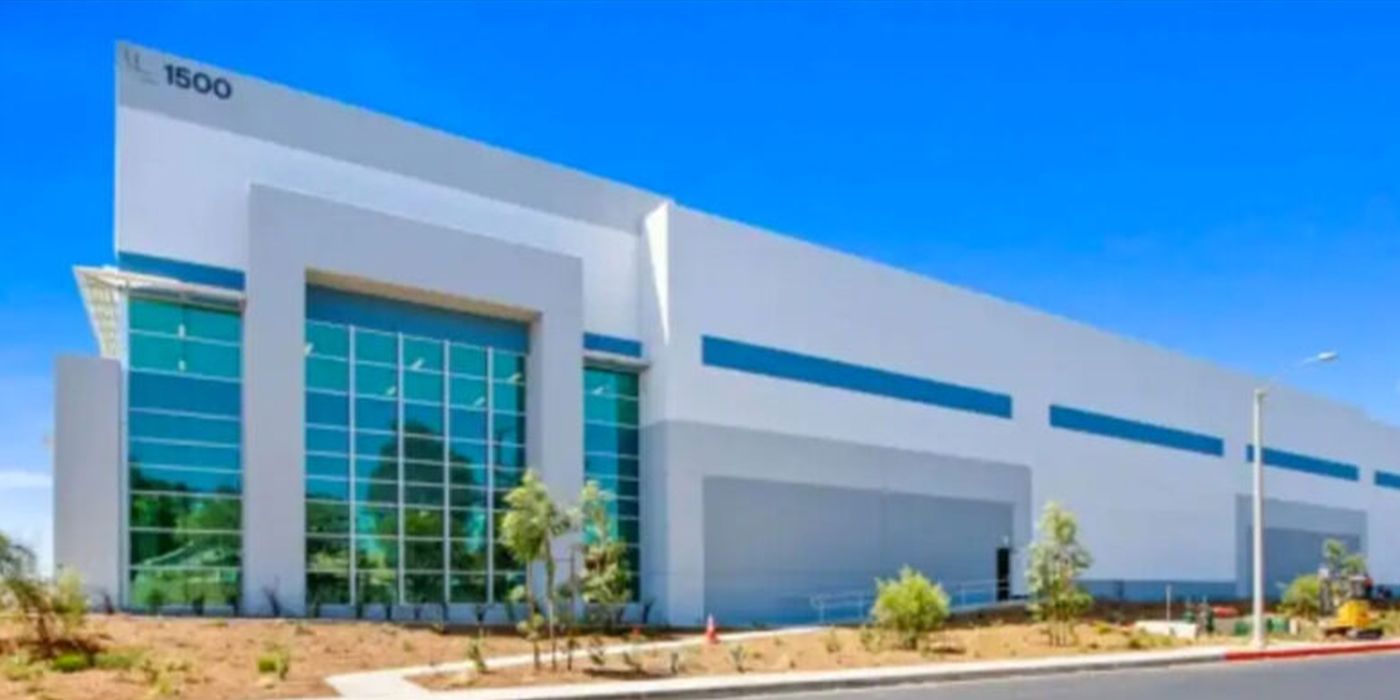Tire-pressure monitoring systems, or TPMS, have been a mandatory safety feature on all light vehicles sold in the United States as of Sept. 1, 2007. But in some form or another, TPMS has been around for nearly 30 years.
In that time, TPMS has gone from a very basic “early-warning system” to a highly accurate and sensitive safety feature that shares sensor information with stability-control, traction-control, and braking systems. TPMS sensors are also responsible for ensuring the highest level of fuel efficiency for ICE vehicles, and the longest battery range for electric vehicles. Improperly Inflated tires significantly Impact a vehicle’s efficiency,
The most common type of tire-pressure monitoring system is called DIRECT TPMS. Direct TPMS uses individual wheel-mounted sensors that send tire-pressure information to a central receiver module. If the pressure in one or more tires drops below a certain level, the TPMS will display a warning on the dashboard and/or provide an audible alert. Over the years, TPMS sensors have been a steady source of business for many parts stores. These sensors have a limited battery life and they can be damaged when a tire is run “flat” or sometimes in the process of mounting and dismounting tires.
TPMS technology has evolved along with other vehicle systems. RADIO-FREQUENCY, or “RF”, TPMS Sensors have been the most commonly used technology. However, one of the latest innovations in TPMS sensors is a wireless technology that you’ll find in your smartphone: BLUETOOTH LOW ENERGY, or BLE for short. BLE is a type of Bluetooth technology that was designed specifically for low-power, short-range communication. BLE is used in various mobile devices such as smartphones, smartwatches and fitness trackers, and it’s often used in Internet of Things devices that need to communicate with a smartphone or other nearby device.
The key difference between regular Bluetooth and BLE is that BLE consumes much less POWER, which makes them more suitable for devices that run on batteries and need to communicate wirelessly for an extended period of time. BLE technology also edges its predecessor in speed and distance. A BLE device can send Information up to 50% faster than a classic Bluetooth device. You can also place low-energy Bluetooth devices up to 150 meters apart in an open area, but classic Bluetooth is optimized for short-distance transmission.
Tesla began equipping some of its vehicles with BLE TPMS sensors in 2020. Tesla vehicles that come standard with BLE TPMS include the Model 3, starting with the 2020 model year; the Model Y, starting with the 2021 model year; and the Model S and Model X, starting with the 2022 model year.
While BLE TPMS sensors have a longer battery life, thanks to their low power consumption, that doesn’t mean they won’t need to be replaced. The extra weight from the large battery packs on Tesla vehicles puts additional strain on the tires and leads to increased FRICTION between the tires and the road surface, which causes the tires to wear out FASTER. And whenever new tires are put on a vehicle, it’s recommended that the TPMS sensors are replaced as well.
But since we’re talking about TESLAS, what’s the aftermarket opportunity? Of course, Tesla would love it if your customer took their vehicle to a DEALERSHIP instead of your store. But there are high-quality options available in the aftermarket that can save them some money and the hassle of going to the dealership.
Walker Products offers 100-percent OEM-based replacement BLE TPMS sensors for Tesla models that are equipped with this technology. These Walker BLE TPMS sensors are manufactured in a Tier 1 OEM TPMS facility with world-class engineering and quality systems. They’re designed for EASY installation with a direct OE fit and NO PROGRAMMING required.
Other aftermarket sensors might cost less, but they use lower-quality, lower-signal-power microchips, resulting in poor performance. Because of their low power signal, other aftermarket TPMS sensors might not be recognized by the vehicle in the first relearn attempt – it could take up to 30 minutes and two to three attempts to complete the relearn procedure. They also could trigger the TPMS dashboard light to illuminate due to low signal power, in addition to other problems.
By contrast, BLE TPMS sensors from Walker Products feature the highest-quality and highest-signal-power microchip available. They’re designed to connect quickly and easily – THE FIRST TIME.
If you have customers who own late-model Teslas that are equipped with BLE TPMS sensors, they don’t need to rely on the dealership for replacement sensors – and they don’t have to settle for low-quality replacement sensors either. Recommend a BLE TPMS sensor from WALKER PRODUCTS for OE fit, form and function – and the peace of mind that they’re getting an OE-quality part for this critical safety system.
Thanks for watching.
This video is sponsored by Walker Products.

